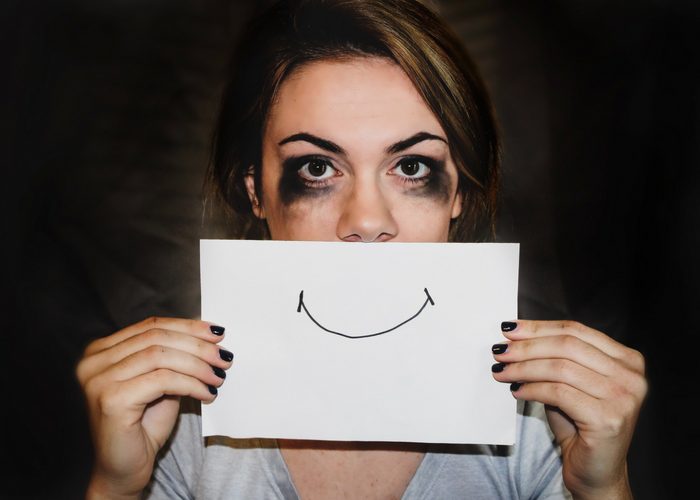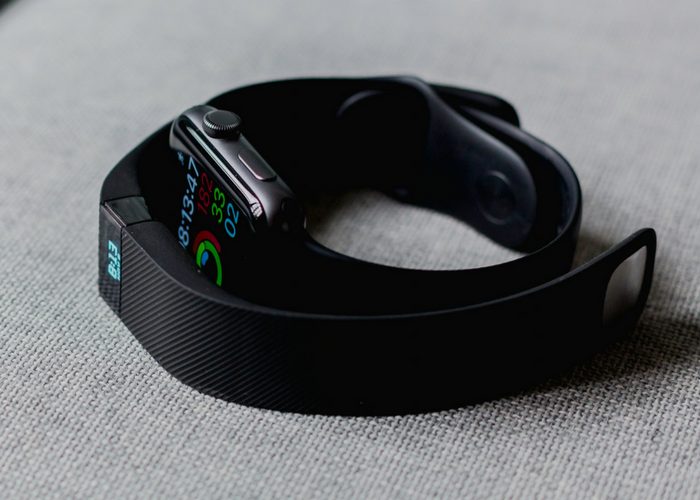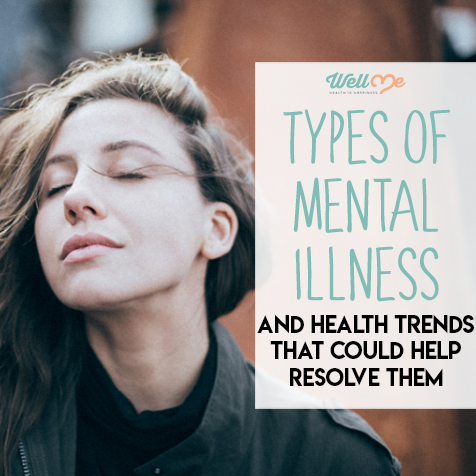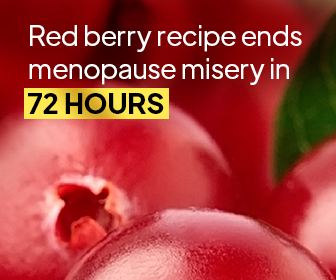Although society has attached a stigma to all types of mental illness, it’s important that we stay informed. Even common types of mental illness aren’t talked about as often as they should be. Sometimes they aren’t even treated properly. For people who deal with all types of mental illnesses, it’s important that optimal health is achieved in whatever way possible. This includes easing the burden of mental health issues.
The causes of mental illness are diverse. Some mental health issues are genetic, and some are a result of traumatic experiences endured later in life. To emphasize, not only are the causes of mental illness all different, but there are varying degrees. Therefore, there is not one way to treat all kinds of mental health issues. However, types of mental illness such as depression, addiction, or anxiety, could benefit from some of the current health trends.
We’ve got access to all kinds of mobile apps and other technologies to help us with lots of different types of mental health issues. Furthermore, exercise and dieting health trends are a great added resource to medication. With this in mind, we’re here to show you all the different ways these health trends are helping those with signs of mental illnesses.
What Are the Most Common Types of Mental Illness?

Depression
Signs of mental illness don’t always present themselves in obvious ways. In fact, sometimes the signs of mental illness are small and build up over time. For example, if you’ve been sad every day for an entire month, you are showing signs of mental illness. Unfortunately, depression is a mental illness that many women have or will have to deal with at some point in their lives. In brief, depression is characterized by the following symptoms:
- Chronic sadness or low mood
- Sleeping all the time or not being able to sleep at all
- Loss of appetite or an increase in appetite
- Loss of libido or sexual desire
- Trouble making decisions or concentrating
- Apathy
- Hopelessness
- Suicidal thoughts
Specifically, depression affects 16 to 20 adults out of every 100.[1] Obviously, that’s a pretty big number. The good news is that for those with depression, it means you are not alone. It also means there are a lot of avenues for treatment, including some popular health trends.
Anxiety

Much like depression, anxiety affects all of us at some point. Ultimately, the root cause of anxiety is different for everyone. Here are some common symptoms that may indicate you are suffering from anxiety:
- Restlessness
- A sense of dread
- Feeling constantly “on edge
- Difficulty concentrating
- Irritability [2]
Anxiety is the most common of all types of mental illness. Nearly 20% of adults have dealt with the excessive worry that is part of an anxiety disorder.[3]
Schizophrenia

This mental illness is probably one of the most stigmatized. It is a frightening disorder that is very distressing to the patient and their loved ones. In short, the signs of this mental illness are:
- Hallucinations like hearing voices or seeing things that aren’t there
- Delusions and false beliefs
- Lack of self-awareness or not realizing that delusions are caused by a mental illness
- Thought disorders or illogical speech and writing patterns
- Self-neglect
- Social withdraw
- Loss of motivation[4]
Additionally, most people don’t know they have schizophrenia until their late teens or early twenties. Men typically have symptoms show up much sooner than women. Furthermore, women typically experience fewer negative symptoms.[5]
Obsessive Compulsive Disorder

Also called OCD, this mental illness gets thrown around in jest quite a lot. The causes of mental illness cannot always be pinpointed. Nevertheless, the fact is that OCD is a very serious mental illness. Some of the signs of OCD are:
- Obsessive thoughts that are intrusive and do not go away
- Compulsive actions that can be illogical and unpleasant
- Obsessively repeating actions such as hand washing, keeping things in order, fear of hurting themselves or others, fear of forgetting to do something important, and more
- Being unable to get rid of bad or scary thoughts[6]
It is definitely possible that genetics are to blame for these types of mental illnesses. OCD also commonly occurs after a traumatic event.[7] Ultimately, it is a way in which the human brain attempts to cope with too much stress. It is also important to note that some people don’t even realize they have certain signs of mental illness until rituals begin to take over their lives.
Post-Traumatic Stress Disorder

PTSD is a mental illness that is sometimes is attributed to soldiers returning from war. However, many things can cause someone to have PTSD. Women, in particular, can deal with PTSD after a sexual assault or childhood abuse. To summarize, here are the signs of PTSD:
- Flashbacks of the event
- Reoccurring nightmares
- Repetitive, intrusive memories or images
- Hyper-vigilance
- Being easily startled
- Difficulty concentrating
- Irritability
- Feeling detached
- Feeling unemotional[8]
Unfortunately, there are not a lot of in-depth studies on PTSD. It is noted, however, that patients with PTSD often have other types of mental illness as well.[9]
How Do Popular Health Trends Support Mental Health?
Because there are many types of mental illness, there is not one drug or mental health care tip that will work for everyone. Scientific studies have shown, though, that many types of mental illness and their symptoms can be lessened by these health trends.

Type of Mental Illness: Depression
Health Trend: LIIT / Yoga
Low intensity interval training, or LIIT, is a health trend that is a lot like HIIT. Instead of vigorously exercising for 60 to 90 seconds, LIIT allows you to do gentler movements while still raising your heart rate. After you finish the interval, you begin again, alternating between deliberate movements and rest.
A study has proven that LIIT can help relieve depression.[10] The study included 16 patients who were already on medication for depression and were inactive. The participants performed low intensity interval training exercises for eight weeks.
The results after eight weeks were positive. In the final analysis, 75% of the patients showed either complete remission of depressive symptoms or an improvement in their symptoms. The group also showed better sleep patterns and cognitive function.[11]
Yoga has also been shown to help with depression. A study in 2017 has proven that yoga can make depressed patients feel better.[12] Adults with major depression were studied for eight weeks. The participants who did yoga for eight weeks greatly reduced their depression. Moreover, many studies have proven that exercise will help depressed patients feel better.[13]
Another study aimed specifically at women has proven that after only twelve yoga sessions, anxiety, depression, and stress were all reduced.[14] Yoga movements can also be a wonderful addition to any low intensity interval training routine.

Type of Mental Illness: Anxiety
Health Trend: Smart Health (mobile apps, wearable technology)
Mobile health is a health trend that recognizes the use of technology in our mental health care. It’s likely that you even have one or two apps on your phone right now. Perhaps you are wearing a pedometer or something like the Fitbit. These are all great supplements to mental and physical health.
There are hundreds, maybe thousands of mobile health apps that are now available for download. Furthermore, a large number of these apps are used for calming purposes. Basically, they have calming music or guided meditation.
Because anxiety disorders are the most common types of mental illness, many studies are proving that meditation and mindfulness can help reduce symptoms. Studies have shown meditation helps sufferers relax more. In addition, it improves their thinking and aids them in making better health decisions in the long term.[15]

Type of Mental Illness: Schizophrenia
Health Trend: HIIT
High intensity interval training, or HIIT, is a form of exercise in which you raise your heartbeat for a certain amount of time. Usually, this is 60 to 90 seconds. After that time is up, you rest your body and allow your heartbeat to slow down once again. Then you do the exercise all over again. These are called intervals.
Scientists have studied the effects that HIIT has on patients with schizophrenia. 20 people volunteered to be a part of an eight-week HIIT program. In 18 of these patients, there were significant physical and mental changes. Moreover, these changes were all positive.
The patient’s mental scores improved drastically. At the end of the eight-week study, data showed that delusions, disorganization, and hallucinations all decreased during the HIIT program.[16] Additionally, anxiety had dropped along with hostility and emotional withdraw.

Type of Mental Illness: Obsessive Compulsive Disorder (OCD)
Health Trend: Intermittent Fasting
Intermittent fasting, or IF, is a way to fast for a brief period of time. Basically, you eat your entire day’s calories in a particular window of time. For example, you eat breakfast, lunch, and dinner between the hours of 7 am and 7 pm. Then you don’t eat again until 7 am the next morning.
Intermittent fasting is a particularly helpful health trend for those suffering from OCD. Studies have shown that those who suffer from OCD have a thinner brain cortex than those who do not.[17] This proves that OCD is a brain disease. Intermittent fasting affects the oxygen and energy that flows through cells and pathways. When you fast, your body sends a brain signal that mimics an insulin signal. This helps the cells fight disease and cope with stress.
Dealing with obsessive thoughts and compulsions can be very traumatic. This health trend actually helps the brain function more positively during very stressful situations.[18] Moreover, it improves memory, cognition, and makes way for more lucid thoughts.[19] This is especially helpful in demanding circumstances.

Type of Mental Illness: Post Traumatic Stress Disorder (PTSD)
Health Trend: Longevity Diet Plan
The Longevity Diet Plan is similar to intermittent fasting. Similarly, it includes eating healthy foods and exercising regularly. With the LDP, you avoid all meat except for fish. You’ll cut your calories as well. The LDP also includes high-fiber and low-glycemic foods. You’ll only fast a few times per year with this plan.
Because the LDP excludes all soda and fast food, it is the perfect health trend to check out for PTSD sufferers. A study of over 3,000 women with PTSD was conducted. Symptoms of their PTSD increased along with the amount of fast food and soda they had.[20] The study also included other unhealthy eating behaviors as well. The point is that following a diet such as the LDP will lead to an improvement in mental health, specifically with PTSD in women.

Type of Mental Illness: Depression, Anxiety, Stress, PTSD
Health Trend: Paleo Diet
Not surprisingly, the paleo diet has increased in popularity over the last few years. In fact, it’s probably difficult to see a health and diet website without paleo diet info. To clarify, the paleo diet is a diet based on the idea that we eat only foods that our ancestors ate during the paleolithic era. Basically, this means no processed foods or sugary sweets (just to name a few paleo no-nos).
Eating a paleo diet ensures that you won’t be eating fast food or soda. This is a wonderful diet for women who suffer from PTSD. Studies have found that the healthier food choices you make, the fewer PTSD symptoms women suffered.[21]
Studies have also shown that patients who suffer from depression find their symptoms alleviated by adding omega-3 fatty acids to their diets.[22] This is also true of amino acids.[23] In general, amino acids can be found in proteins like meat and fish. This is how the paleo diet could benefit sufferers of many types of mental illness.

Type of Mental Illness: All
Health Trend: Self care
No matter what mental health issues you may be facing, self care should always be part of your mental health plan.[24] Self care means taking a time out just for yourself. Most importantly, you should take time each day to reflect and check in with yourself. You should ultimately be able to assess what kind of mental health care you need to prioritize.
Some self care tips are:
- Meditate
- Eat a healthy diet
- Exercise
- Take a spa day
- Delegate your tasks
- Stay hydrated
- Keep a gratitude journal
- Try scent therapy
- Try color therapy
- Get off social media for a few days
After all, it is not selfish to make yourself number one. It is actually an act of selflessness.

Conclusion
In addition to making healthy dietary choices, the proper exercise could be the perfect supplement for all types of mental illnesses. Remember to put your own mental health first and practice self care as much as possible. Together with proper medication, nutrition and exercise is an important part of mental health care.
References
- [1] https://www.ncbi.nlm.nih.gov/pubmedhealth/PMH0072469/
- [2] https://www.nhs.uk/conditions/generalised-anxiety-disorder/symptoms/
- [3] https://www.ncbi.nlm.nih.gov/books/NBK441870/
- [4] https://www.ncbi.nlm.nih.gov/pmc/articles/PMC1914490/
- [5] https://www.ncbi.nlm.nih.gov/pmc/articles/PMC1914490/
- [6] https://www.ncbi.nlm.nih.gov/pubmedhealth/PMH0072746/
- [7] https://www.ncbi.nlm.nih.gov/pubmedhealth/PMH0072746/
- [8] https://www.ncbi.nlm.nih.gov/books/NBK92254/
- [9] https://www.ncbi.nlm.nih.gov/pmc/articles/PMC1156913/
- [10] https://www.ncbi.nlm.nih.gov/pmc/articles/PMC5845641/
- [11] https://www.ncbi.nlm.nih.gov/pmc/articles/PMC5845641/
- [12] https://www.ncbi.nlm.nih.gov/pmc/articles/PMC5354384/
- [13] https://www.ncbi.nlm.nih.gov/pmc/articles/PMC474733/
- [14] https://www.ncbi.nlm.nih.gov/pmc/articles/PMC5843960/
- [15] https://www.ncbi.nlm.nih.gov/pmc/articles/PMC3500142/
- [16] https://www.ncbi.nlm.nih.gov/pmc/articles/PMC4450659/
- [17] https://www.ncbi.nlm.nih.gov/pubmed/17525985
- [18] https://www.ncbi.nlm.nih.gov/pmc/articles/PMC2622429/
- [19] https://www.ncbi.nlm.nih.gov/pubmed/17569758
- [20] https://www.ncbi.nlm.nih.gov/pmc/articles/PMC3153863/
- [21] https://www.ncbi.nlm.nih.gov/pmc/articles/PMC3153863/
- [22] https://www.ncbi.nlm.nih.gov/pmc/articles/PMC2738337/
- [23] https://www.ncbi.nlm.nih.gov/pmc/articles/PMC2738337/
- [24] https://www.ncbi.nlm.nih.gov/pmc/articles/PMC2894461/








